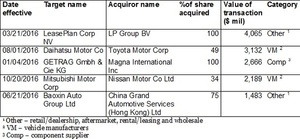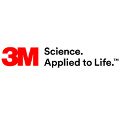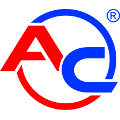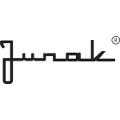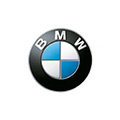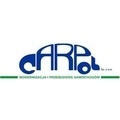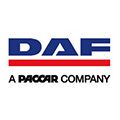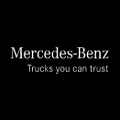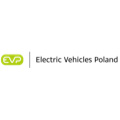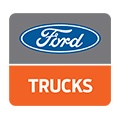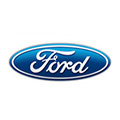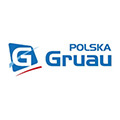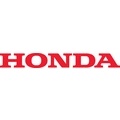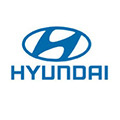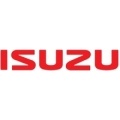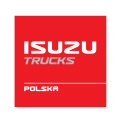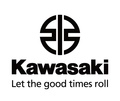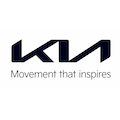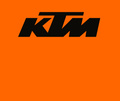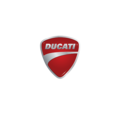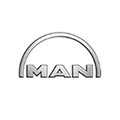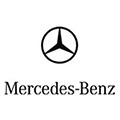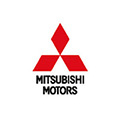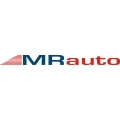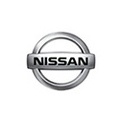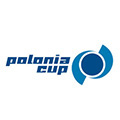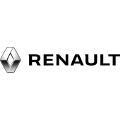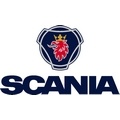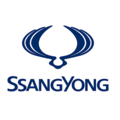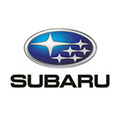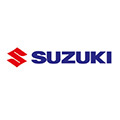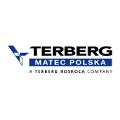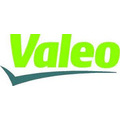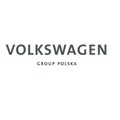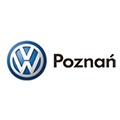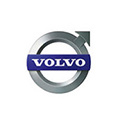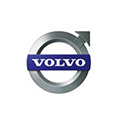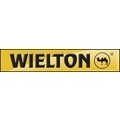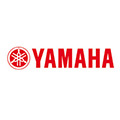02_2017 Global automotive M&A market – summary of 2016
In 2016 activity on M&A in automotive sector noted slightly lower results in comparison to record year in 2015 – 583 deals (vs. 591 in 2015) for amount of $41,0B (vs. $62,1B in 2015).
Despite the decline in results, many factors, like: digitalization, innovation and pressure from shareholders and clients, indicate that M&A activity in automotive sector will remain high. According to our analysis structure of M&A in automotive has changed, it is no longer about market consolidation, it is about implementation of new technologies, new services and new business models. We expect that new technologies will drive manufacturers to expand their portfolios into software and mobility solutions and services. What’s more it’s also a key trigger of new entrants in automotive market including technology companies providing digital connectivity solutions to enable autonomous functionality in near future, but also ride/car sharing platforms and other transport services providers.
Key trends in M&A market in automotive sector in 2016:
- For the first time since 2012 component supplier deal value decreased.
- 55% of top 20 deals targeted component suppliers.
- Autonomous driving, higher fuel efficiency and alternative energy sources are directly impacting M&A strategy today.
- OEMs M&A activity represents how manufacturers engage with the millennial generation (cooperation with car-sharing or ride-sharing platforms).
- Aftermarket sector continuous to see growth and consolidation.
- Disruptors in technology and new mobility solutions will drive new retail distribution models, including digital marketplaces (see report: Connected living) and new vehicle ownership models.
- According to PwC Autofacts global automotive assembly is expected to achieve growth of 3,1% CAGR between 2016 and 2022.
More in report: PwC Deals. Global Automotive M&A. Deals Insight Year-end 2016
Contact us: Piotr Michalczyk, partner at PwC, Automotive mail

